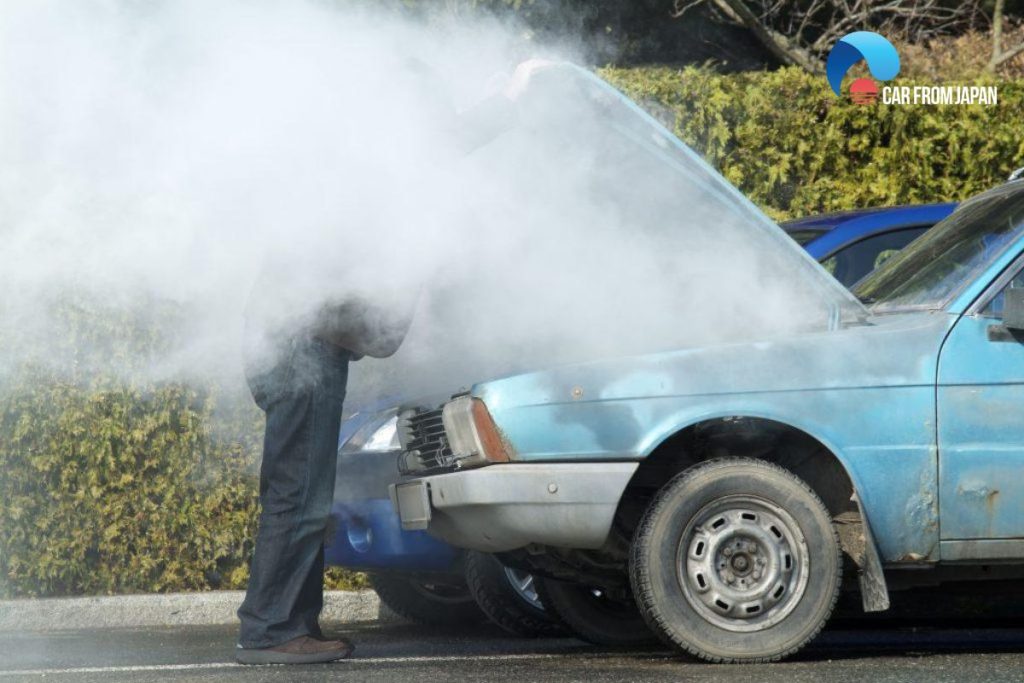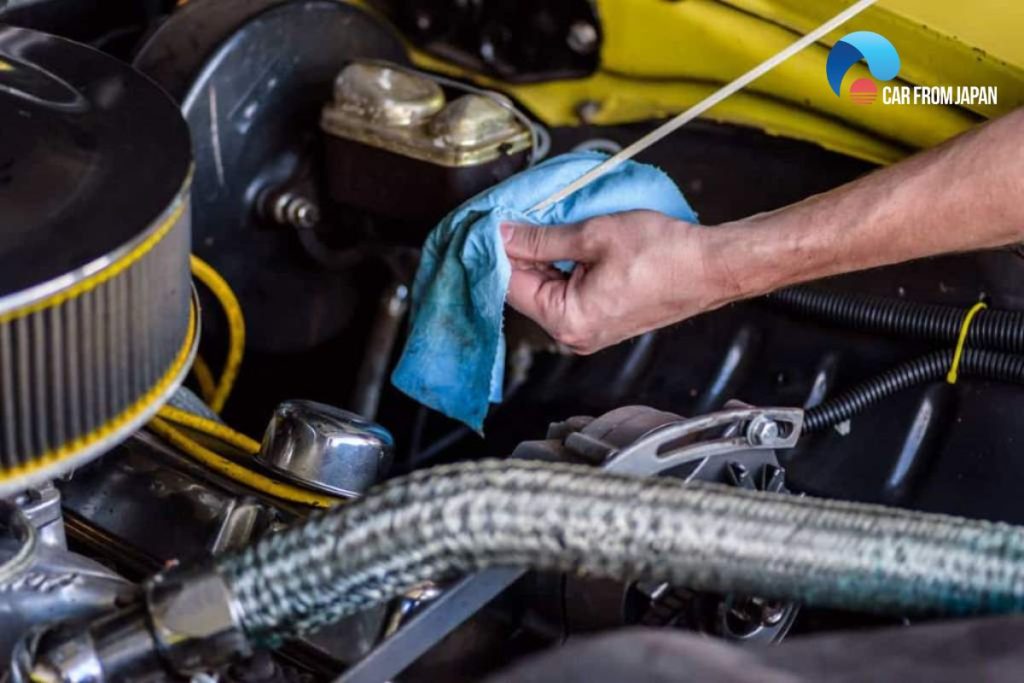If you’re running out of transmission fluid, the first thing that strikes the mind is how long can you drive without transmission fluid? Alternatively, what will be the after-effects of driving without this fluid?
Well, the answer to this lies with the type of transmission embedded in cars. In simple words, whether the transmission is manual or automatic; will decide the repercussions of driving without this fluid.
Contents
After-Effects When You Drive Without Transmission Fluid
Like engine oil, the transmission fluid is also essential for a car to run smoothly. It allows all the gearbox components to shift easily without causing any noise.
That’s why, with several types of transmission fluid available in the market, one must first concern the mechanic to find the ideal fluid for the car.
Now, with no more fuss, let’s find out what happens in automatic as well as manual cars when you think of driving without transmission fluid.
Cars With Automatic Transmission
In an automatic car transmission system, the fluid has a vital role to play as; it assists the torque converter to transfer all the power to the engine. Moreover, the internal clutches also need this fluid for their proper functioning inside the car system.
In other words, when you drive without transmission fluid, the hydraulic pump will wear out, resulting in the gear being stuck into neutral firmly. As a consequence, the car will not move at all.
Cars With Manual Transmission
Contrarily, a manual transmission reacts differently to a no-fluid situation. Although one can drive with no
transmission fluid, it will generate some trouble signs later.
Overheated Transmission

Transmission fluid keeps the whole unit cool, which prevents the overheating of the system. So, in case you’re running the vehicle without this fluid, you may get a whiff of burning.
See More: Tips to Fix an Automatic Transmission
Grinding Noise
When the clutch is fully engaged while there’s no transmission fluid, you may hear a grinding noise on shifting the gears.
The major reason behind this trouble is the non-lubricated clutch parts of the car, which are finding it difficult to shift smoothly on gear change.
As a result, the gear synchronizer wears out producing annoying noise, which may get damaged completely if not taken for timely.
Delayed Gear Engagement
No transmission fluid means a negligible amount of pressure in the transmission system. As a result, on gear change, you have to wait for a while (2-3 seconds), before the car gets into the desired gear.
Gear Slipping
On driving with no transmission fluid, the gear may slip suddenly, which in turn forces the gear stick back into the neutral stage.
Transmission Failure
Lastly, if any of the above transmission effects are not repaired timely, you may have to seek complete replacement of this system at later stages.

How Long Can You Drive Without Transmission Fluid?
As previously said, you should never drive your vehicle if you know the transmission levels are low. This will create additional problems and damage to other engine components.
If you disregard the advice and believe that driving a small distance would not affect you, you may be in for a rude awakening.
Some mechanics claim that you can drive as long as 10 miles with low transmission fluid, but the ball is in your court because doing so leaves your transmission weak and subject to harm.
Even though we have highlighted some of the signs you may receive when your transmission is low, there is no guarantee that your automobile will indicate, and you may discover that you only realize when it is too late. As a result, you must stay on top of maintenance inspections.
Your engine may not start if you run out of fluid. Transmission fluid, like fuel in a car, is necessary to link the engine to the gears. The main contrast is between automatic and manual transmission automobiles.
Driving an automatic means that your car shifts gears for you, and if it senses that the transmission fluid is low, it will refuse to start, as opposed to a manual vehicle, where the driver must decide if it is safe to drive.

FAQs on Drive Without Transmission Fluid
How do I add transmission fluid on my car?
It is analogous to adding oil to add transmission fluid. To begin, remove the dipstick and insert a funnel. The transmission fluid may then be freely poured into the funnel.
Is it possible to lose transmission fluid without a leak?
Even though they are necessary components for each other, transmission fluid cannot seep into your engine.
Is jerking caused by a lack of transmission fluid?
Yes. Low transmission fluid can cause rough or jerky gear changes.
If your vehicle is jerking, you should check the transmission levels.
Will my car drive better if I change the gearbox fluid?
After you change the fluid, your gearbox will operate smoother, which means your engine will run smoother as well.
Engine lock-up is one of the worst things that may happen. This essentially implies that the transmission in your car is working so hard that it simply shuts down.
Check out this video from ChrisFix to learn how to do an oil change, transmission fluid change, coolant flush and some way to deal with other fluid!
Final Words
In a nutshell, if you still drive without transmission fluid, then get ready to pay tons of money for the replacement of the whole transmission system.
We hope this article will be useful for you. Keep following CAR FROM JAPAN to read more car information!




Why didn’t you acknowledge the Koenigsegg whose picture appears at the top.of the story? If it’s a Regera, it has no transmission